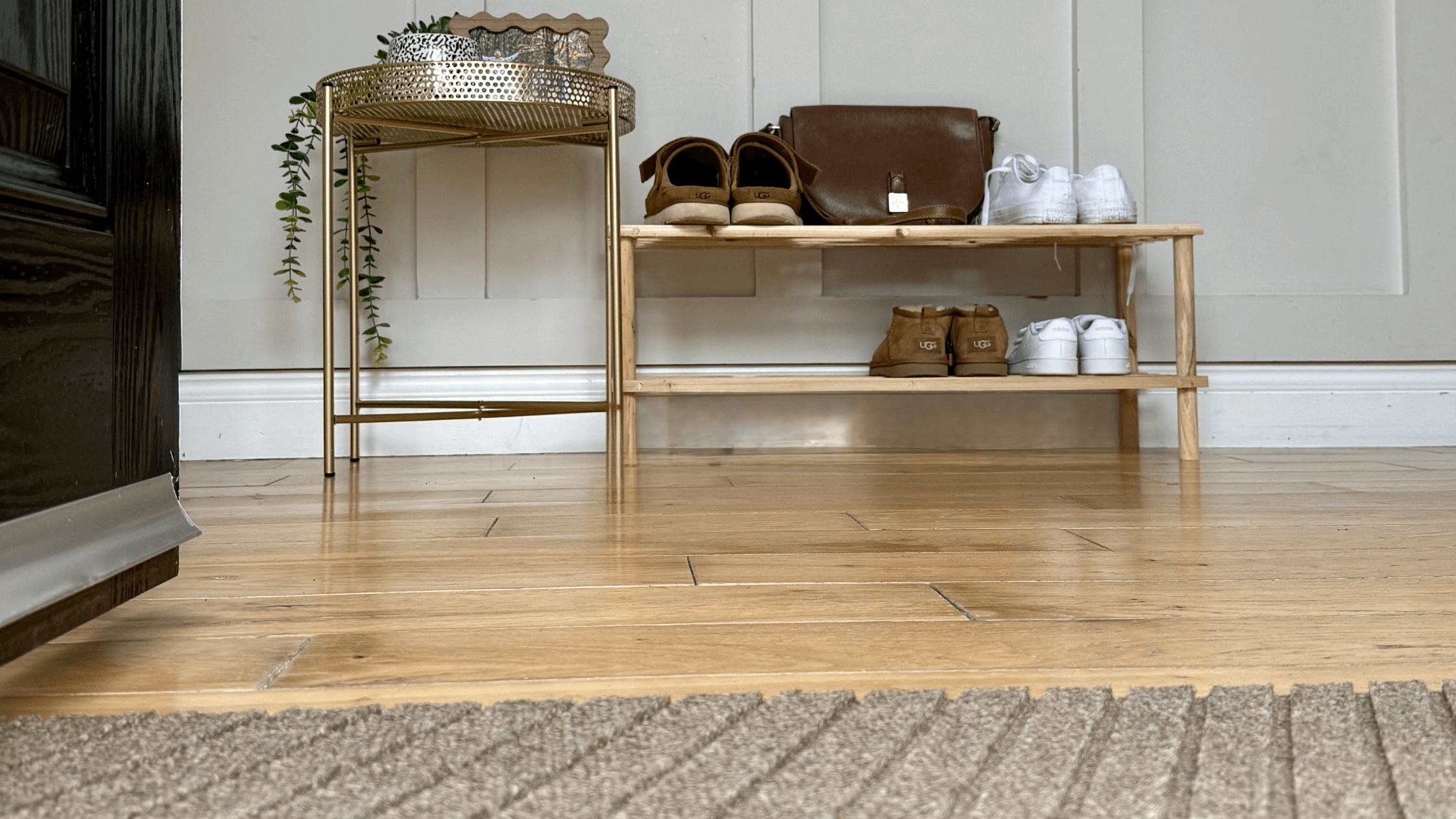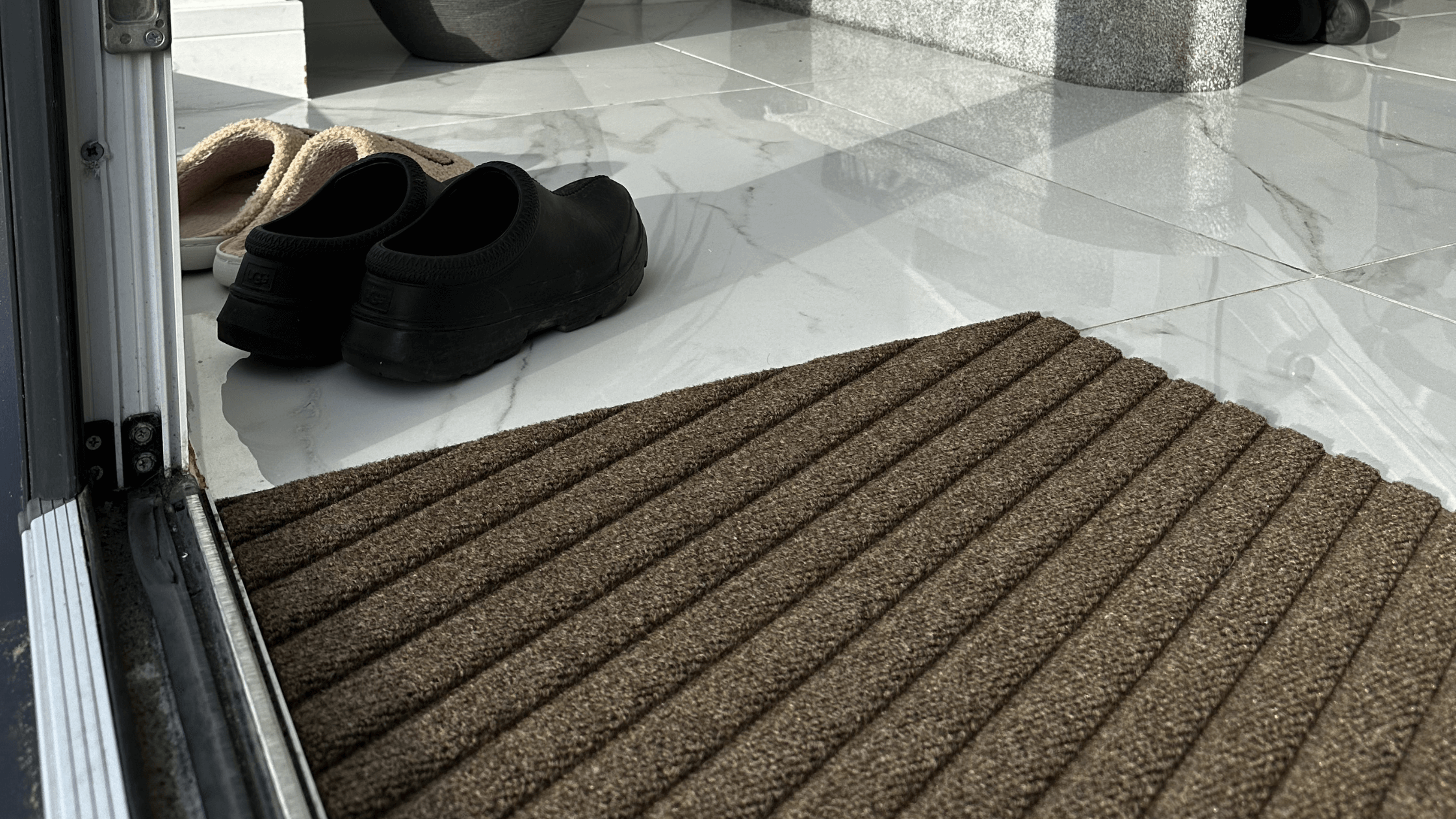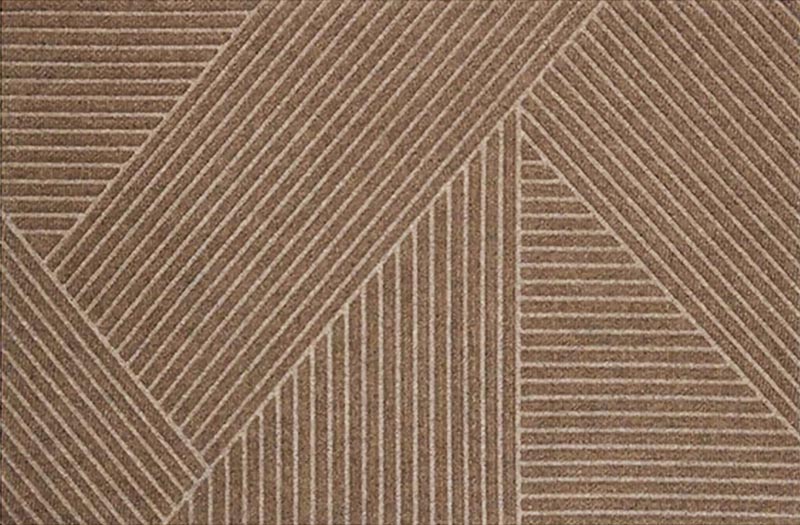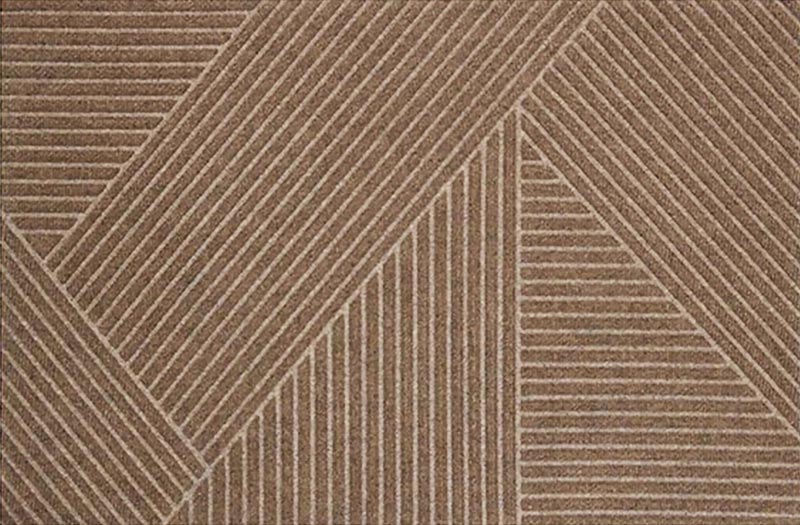Article: The Truth About Exterior Door Mat Placement: Inside, Outside, or Both?

The Truth About Exterior Door Mat Placement: Inside, Outside, or Both?
You might know doormats are a must-have, but here's a fun fact: the right matting can stop 90% of dirt from getting into your home. A well-laid-out mat system keeps your floors spotless.
Many homeowners struggle with a basic question: should they put mats inside or outside their doors? The answer is both. Using mats on both sides of your door can boost your home's cleanliness by a lot. This creates a double barrier against dirt and moisture.
Let's talk about picking the perfect doormat setup. Your outdoor mat should handle rain, snow and sun, while indoor mats need to trap any leftover moisture. This guide will help you pick the best mats to protect your floors and handle foot traffic in your home.
Before we dive into this topic if you have not yet read our article: Why Your Doormat Choice Makes or Breaks Your Home's First Impression then make sure to head over there first and give it a read!
Where should doormats be placed?
Ah, the big question, The real answer is on the floor, but we suspect that is not the answer you're looking for.
Inside doormats are going to be more moisture absorbent, where as outside doormats are going to be more of a dirt scraper mat, and a little more heavy-duty too.
Should I put a doormat inside or outside?
You'll get the best results by using both indoor and outdoor mats. Outdoor mats work as your first line of defense against dirt and debris. Indoor mats take care of the final drying. Your outdoor mats need water drainage capability, while indoor mats should handle smaller amounts of moisture.
The safest way to place your outdoor mat is right against the door to avoid tripping. Natural coir mats need protection from direct rain and sun, so put them under a covered porch or overhang.
Where do you put mats in your house?
Clean and safe homes need mats beyond just the main entrance:
Kitchen Area: A mat in front of your sink catches water splashes and prevents slips
Bathroom Spaces: Mats near bathtubs and showers provide safe stepping and water absorption
High-Traffic Zones: Mats work well at:
- Back doors and side entrances
- Mudroom areas
- Near the refrigerator – a bit random but really effective, aha!
Your mats should cover the doorway's full width to work properly. Each person needs at least three steps on the mat per foot to remove dirt effectively. On top of that, it helps to turn indoor mats vertically in narrow hallways, letting them work like runners and absorb more moisture.
*Note that your mat's material should match its location. Indoor spaces need absorbent surfaces like fabric and carpet.
Outdoor areas work better with waterproof materials like rubber. Rainy or snowy areas might need more indoor matting since people rarely wipe their feet while standing in bad weather.
What Makes a Good Outdoor Door Mat?
Rubber: The All-Weather Champion
Rubber proves to be an outstanding option for outdoor mats. Nitrile rubber stands out because it can handle temperatures from -40°C to +108°C. These mats outperform PVC mats that tend to crack in harsh weather. The weight of rubber mats helps them stay in place, and they last much longer.
You'll find two main designs:
- Open-hole patterns where debris falls through
- Textured solid surfaces that boost grip
*Note that you can get all rubber mats, but the best waterproof outdoor doormats have a rubber backing and a more durable top layer.
Material Performance Breakdown
Each material brings its own advantages for outdoor use:
Heavy-Duty Rubber
- Doesn't crack or fade
- Gives you excellent non-slip features
- Keeps its shape in extreme weather
- Natural rubber flexes better than synthetic types
Recycled PET
- Comes from recycled plastic bottles
- Handles moisture really well
- Colors stay bright thanks to solution-dyed fibers
Polypropylene
- Stands up to weather
- Scrapes dirt effectively
- Water runs off quickly
Everything You Need in a Mat
Quality outdoor mats should have these key features:
- Non-slip backing that keeps the mat in place
- Ability to soak up water without getting waterlogged – think WaterHog Mats
- Simple maintenance (just hose it off, wipe it down or machine washable)
- Water-trapping dams built into the design
How Do You Choose the Right Indoor Mat?
The right size makes a huge difference in choosing an indoor mat. Your mat should span at least 80% of your doorway's width and give you enough room to take multiple steps. This will maximize dirt removal before you step into your living spaces.
Material Selection for Indoor Excellence
The best indoor mats use these specific materials:
Nylon: Many experts call it the premium choice for indoor mats. Nylon stands up well to crushing and bounces back easily. It dries fast and keeps looking good even with heavy foot traffic.
Microfiber: These mats use incredibly fine fibers that soak up more water than you'd expect – they beat cotton hands down. Their drying speed is three times faster than cotton mats and they trap dirt like nothing else.
Cotton: Cotton mats shine in wet or oily conditions because they soak up moisture and dry quickly. You can wash most cotton mats at 40°C, which makes them easy to maintain.
Essential Features to Think Over
Your ideal mat should have these key features:
Non-slip Backing: Rubber or latex backing beats PVC every time. These mats stay put and won't slide around on smooth floors.
Washability: The best indoor mats handle machine washing up to 60°C. Regular washing actually improves their dirt-trapping ability over time.
Durability: Quality mats usually come with a 5-year manufacturer's guarantee, suggesting they'll last for years.
Size Guidelines
A good mat needs to be:
- Wide enough to cover 80% of your doorway
- Long enough for two full steps
- Just thick enough to soak up water without becoming a tripping hazard
Maintenance Matters
Keep your mat working its best:
- Vacuum often to clear out trapped dirt
- Wash it in your machine as directed
- Let it dry completely between uses
Open the door to a cleaner home.
You know what makes us smile? When homeowners discover how a quality mat system keeps protecting their floors for 3–5 years. Sure, it might cost a bit more upfront, but your floors (and your cleaning supplies budget) will thank you later.
Those flimsy, poorly placed mats from the bargain bin? They're about as useful as a paper umbrella in a hurricane. Trust us, with the right mats in the right places, you'll feel the difference every time you step through your door. That's the Matterly promise!
See you around the neighborhood soon! And now you know what and where to place your mat—check out: Why Your Doormat Choice Makes or Breaks Your Home's First Impression




